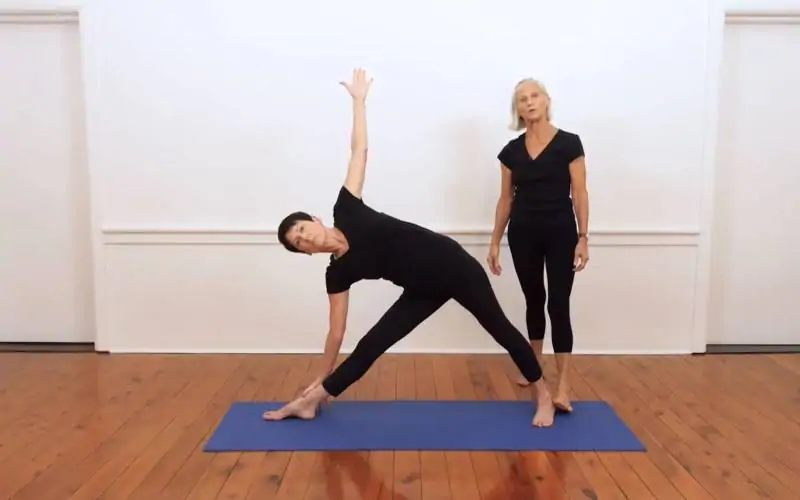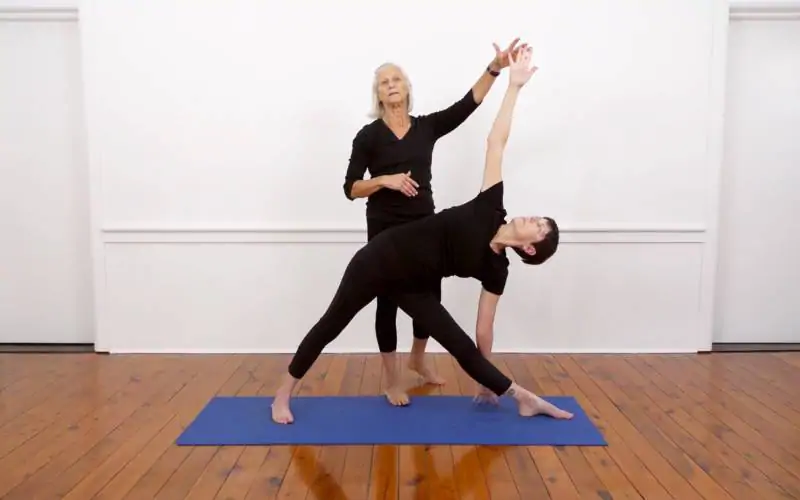Found 136 results, page 6 of 6
What are standing asanas?
Standing asanas in yoga are used to build strength, stability, and balance. You can also use some standing poses as transitions between other poses. They help you come back to neutral and get centred.
Examples of standing asanas are Tadasana (Mountain Pose), Utkatasana (Chair Pose), Vrksasana (Tree Pose), Utthita Trikonasana (Extended Triangle Pose), and Utthita Parsvakonasana (Extended Side Angle Pose).
Standing poses combine elements from other pose types. For example, Vrksasana is an asymmetrical standing balance pose. Trikonasana and Parsvakonasana are also lateral side bends.
Why are standing asanas important in yoga?
Standing asanas lay at the foundation of all other poses. They help lay the groundwork for everyday life, too. Foundational standing poses like Tadasana (the grandfather of all asanas) teach you to stand correctly, activate your leg muscles, support your spine with ease, and distribute your weight evenly. We need our feet to take us places. Standing asanas teach us to pay more attention to our movements, to navigate through life effortlessly.
What are the benefits of standing asanas?
Mastering standing asanas helps us master all other pose types. They give us the confidence to balance, the strength to hold a pose for longer, and the mental stability to remain dedicated. Standing poses cultivate the patience within us to remain still for prolonged periods of time. Tadasana is one of the most important yoga asanas. Just like in Savasana, the aim is to stay still, get grounded, and draw focus to the act of doing nothing. This is a useful skill in everyday life. Nowadays, the pace of life is so fast that it is easy to get caught up in stressful and chaotic situations. Remembering the virtue of patience can help cope with stress and to remain neutral in the face of adversity.
Other standing asanas are more challenging: they combine stillness and strenuous exercise. Learning to hold these poses for longer periods of time is only possible with patience. They activate and tone the glutes, stretch the side body, improve your sense of balance, and make you more resistant to stress. Standing asanas strengthen the body and mind simultaneously.
















